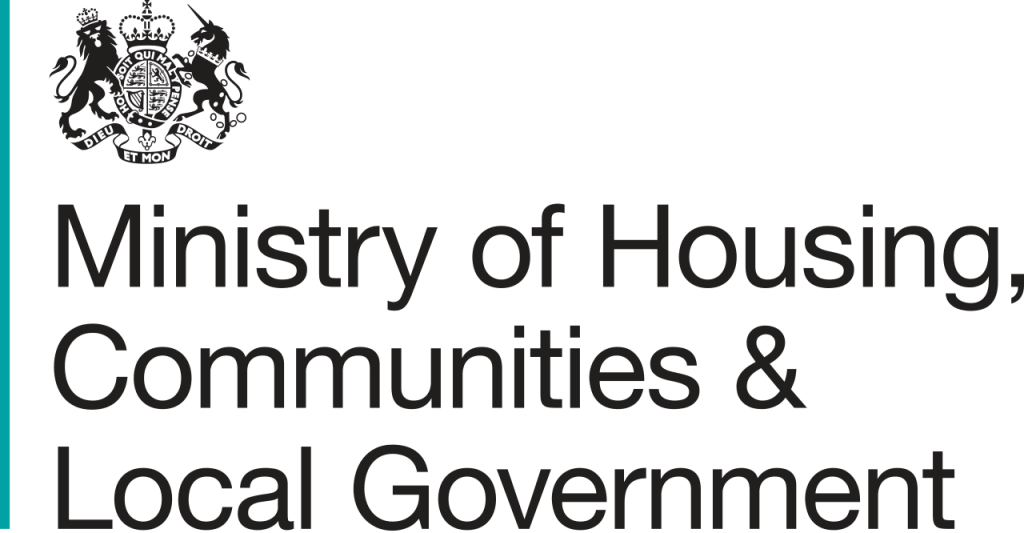Building Safety Legislation
Recent legislation updates, including the Building Safety Act 2022 and the Fire Safety (England) Regulations 2022, have introduced significant changes to ensure the safety and well-being of residents in high-rise and multi-occupancy buildings. These laws establish new responsibilities for building owners and managers, ensure stricter safety standards, and enhance communication and engagement with residents.
The Building Safety Act 2022 is a wide ranging regulatory change that impacts all stages of the design, construction and operation of Higher-Risk Residential buildings.

The key themes of the reforms in the occupation phase (Part 4) relate to Responsibility, Risk and Residents.
Responsibility
Legal responsibility for Building Safety has been clearly identified with the creation of the Accountable Person (AP) in law.
Where more than one AP is present within the building, a formula can be followed to identify the Principal Accountable Person (PAP).
The PAP or singular AP is ultimately responsible for building safety and regulatory compliance. Responsibilities include:
- Building registration
- Safety case
- Golden thread
- Building assessment
- Resident engagement
- Mandatory occurrence reporting
Risk
The new regulatory regime is risk-based as opposed to the existing rules-based regimes. This means that the new regime is designed to avoid box ticking and sets continuous review and management of risk as a behaviour.
The PAP is legally responsible for the risk management process in their building, including:
- Risk assessment
- Creation and maintenance of a safety case
- Storage of information digitally
- Sharing of prescribed information with stakeholders
- Continuous risk management review based on mandatory occurrence reports, complaints and other notifications.
Residents
Residents are now legally recognised as stakeholders in the management of building safety.
New duties are placed on both building managers and residents to engage in and support continuous safety improvement.
APs are legally compelled to engage with residents through a formal resident engagement strategy.
Residents are now legally compelled to behave in a way that does not undermine building safety and to comply with appropriate safety-related directions from the building management.
The Fire Safety (England) Regulations 2022 mandate specific actions to improve fire safety in multi-occupancy residential buildings. Compliance requirements vary by building height (see below)

| Checklist : Which apply to you? | Low rise | Mid rise (Existing) | Mid rise (New build) | High rise |
|---|---|---|---|---|
| Share fire safety instructions with residents and display in a conspicuous location | ||||
| Share fire door information with residents | ||||
| Conduct annual flat entrance (fire) door checks | ||||
| Conduct quarterly common area (fire) door checks | ||||
| Conduct monthly fire-fighting equipment check | ||||
| Conduct monthly lift check (lifts intended for use by firefighters, and evacuation lifts) | ||||
| Install wayfinding signage (flat and floor numbers in stairwells and lift lobbies) | ||||
| Install and maintain secure information box (must contain contact details of responsible person, building plan and floor plans) | ||||
| Report defective lift and fire-fighting equipment to local fire service (reportable if the fault will take longer than 24 hours to fix) fault and subsequent repair to be reported | ||||
| Record monthly lift and fire-fighting equipment check (share results with residents) | ||||
| Share external wall information (design, materials, risks, mitigations) with local fire service | ||||
| Share electronic building and floor plans with local fire service |
What this all means
The Building Safety Act and Fire Safety (England) Regulations have created significant new legal liabilities for owners and managers of multi-occupancy residential buildings. Penalties for non-compliance can include prison and unlimited fines.
How we help
Our team is expert in providing building managers and owners with the fastest route possible to Building Safety Act and Fire Safety (England) Regulations compliance. We work continuously to understand all aspects of the legislation to deliver class leading building safety compliance software.
Book a demo“The Building Safety Act makes ground-breaking reforms to give residents and homeowners more rights, powers, and protections – so homes across the country are safer.”
DLUHC July 2022
“The Building Safety Act overhauls existing regulations, creating lasting change and makes clear how residential buildings should be constructed, maintained and made safe. Full implementation of the Act is in October 2023, which means each building owner should have their building safety regime in place by this time.”
Health & Safety Executive Feb 2023
